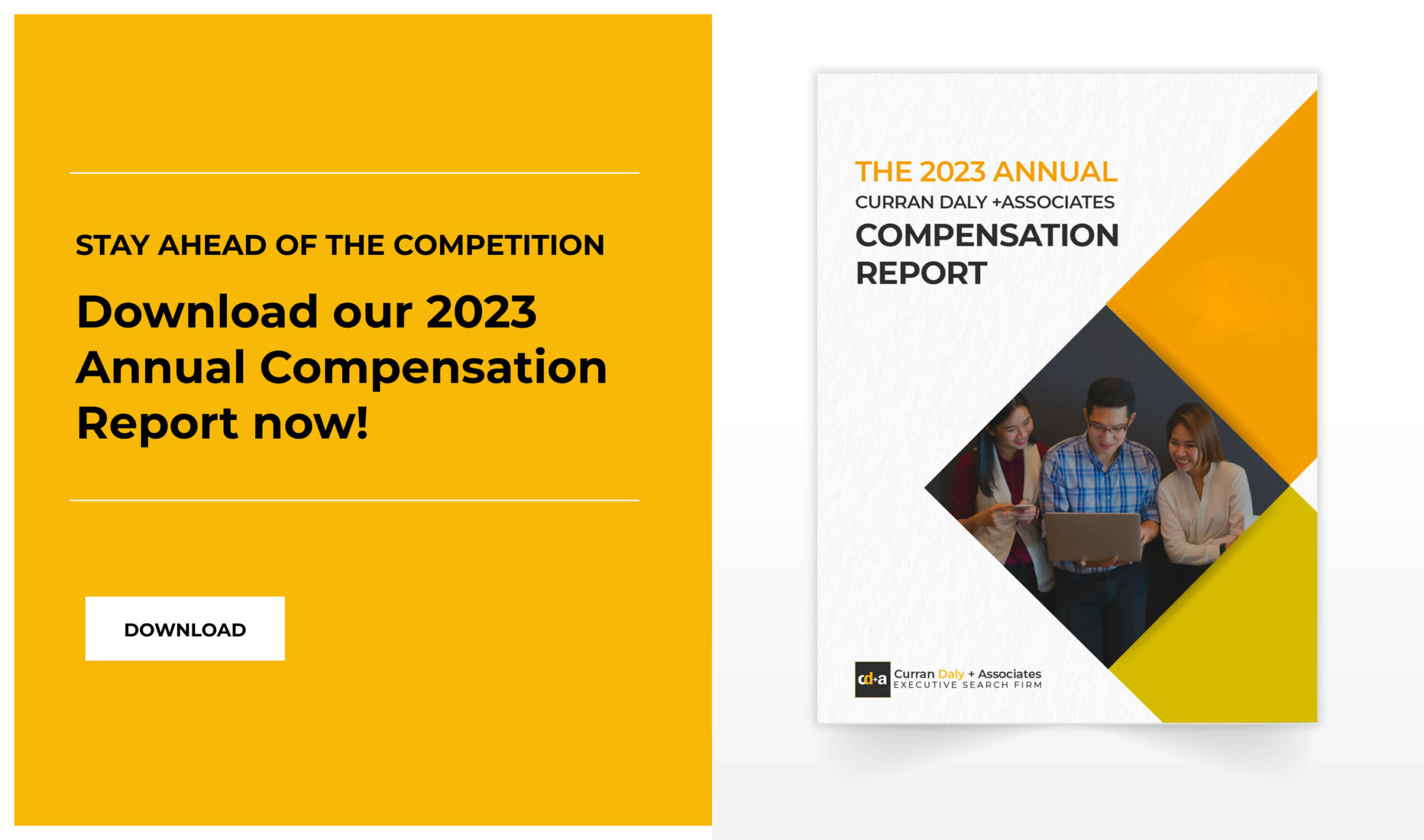- A research completed by the International Data Corporation (IDC) estimates that nearly USD 97.9 billion will be spent on AI-related applications globally by 2023.
- Banking, retail, and healthcare are the top three industries that invest most to AI in 2019.
- In the Philippines, the Department of Science and Technology (DOST) has been tapped to develop an AI program optimize mass production especially in the country’s manufacturing sector.
- The IBPAP identifies automation and artificial intelligence (AI) to be one of the major digital trends that will significantly impact the sector.
Megatrends continue to disrupt the way we do business and generate value. From offshoring to outsourcing, to robotic process automation (RPA), these megatrends have been challenging businesses to seize opportunities from various frontlines.
For instance, enterprises are now seizing opportunities in automation and other advancements in technology to be more agile and competitive. At a glance, there seems to be no escaping a future where robots and artificial intelligence (AI) get to perform more and more jobs, as sci-fi films warn.
Artificial intelligence is defined as the “capability of machines to imitate human cognitive functions in doing simple to complex tasks”. Commentaries and features heralding “the coming of robots”, replacing mundane human tasks, are everywhere in the web.
Undeniably, the use of AI technology is wide-ranging and may range “from medical diagnosis, stock trading, robot control, law, remote sensing, scientific discovery and toy making”. This is according to the Philippine Department of Science and Technology.
What is the state of artificial intelligence in the Philippines and who are the pacesetters of this megatrend in the country?
AI in Banking, Healthcare, and Retail Industries
A research completed by the International Data Corporation (IDC) Worldwide Artificial Intelligence Systems Spending Guide in September 2019 estimates that nearly USD 97.9 billion will be spent on AI-related applications globally by 2023.
According to IDC, spending on AI systems will be led by the retail and banking industry, with each seen to invest more than USD 5 billion in 2019.
Half of the retail spending will go to automated customer service agents, expert shopping advisors, and product recommendation systems. On the other hand, the banking industry will focus its investments on automated threat intelligence and prevention systems and fraud analysis and investigation.
“The AI market continues to grow at a steady rate in 2019 and we expect this momentum to carry forward,” says David Schubmehl, Research Director of the Cognitive/Artificial Intelligence Systems at IDC.
A wide range of use cases will continue to drive investments in AI. “The three largest use cases – automated customer service agents, automated threat intelligence and prevention systems, and sales process recommendation and automation – will deliver 25% of all spending in 2019,” says the report.
AI is also being considered to augment customer service and to streamline backroom processes. This is a program already set in motion at the Bank of the Philippine Islands (BPI), BDO Unibank Incorporated, and brokerage firm BDO Nomura Securities Incorporated which are all driving investments into chatbots and AI to augment customer service and streamline backroom processes.
Retail firms, on the other hand, are using AI to create personalized shopping experiences for customers and at the same time analyzing a shopper’s spending history, mood, and expressions.
Healthcare, discrete manufacturing, process manufacturing, and professional services are other industries that will make significant investments to AI systems the forecast says.
AI in healthcare focus on rapid diagnostic tools for X-rays and MRIs. AI in healthcare is primarily beneficial due to AI’s promise of accuracy and accessibility. Of course, trust and the human element remain key challenges to AI taking full root in the healthcare sector.
Government to tap AI
It is noteworthy that AI is among emerging technologies in the Philippine Development Plan 2017-2022. The AI component in the Philippine Development Plan is primarily focused on the manufacturing industry as the government pushes for its “build, build, build” infrastructure agenda.
While the government is aware of the dangers of artificial intelligence pose to the BPO industry, the Department of Science and Technology (DOST) has been tapped to develop an AI program in the Philippines to optimize mass production, particularly in the country’s manufacturing sector.
Impacts on the BPO Industry
Information Technology and Business Process Association of the Philippines (IBPAP) chairman Lito Tayag acknowledged that AI presents new challenges to the industry as automation may wipe out lower-end jobs.
In fact, a Pew Research Center survey of 1,896 experts found that they expect robots and digital agents (collective: artificial intelligence), which cost only a third of the pay of employees in offshore locations such as India and the Philippines, will replace a large number of BPO workers by 2025.
In the IT-BPM Roadmap 2022 of the IBPAP, automation and artificial intelligence is one of the identified major digital trends that will significantly impact the sector. The rest are big data and analytics (BDA), the internet-of-things (IoT), and cloud computing.
It’s important to note, however, that while AI use is undoubtedly growing worldwide, the speed of adoption would be much faster in more developed countries.
The IT and Business Process Association of the Philippines (IBPAP) is already reviewing its recently released roadmap for 2022 to consider not just resources but also new technologies.
Sources
Andrade, J. (2017). Filipinos losing jobs to artificial intelligence? Bam Aquino worried. Retrieved from http://newsinfo.inquirer.net/894684/filipinos-losing-jobs-to-artificial-intelligence-bam-aquino-worried
ABS-CBN News. (2017). Artificial Intelligence in PH: Threat or tool?. Retrieved from http://news.abs-cbn.com/video/life/03/03/17/artificial-intelligence-in-ph-threat-or-tool
IBPAP. (2018). Accelerate PH: Future-ready Roadmap 2022. Retrieved from http://boi.gov.ph/wp-content/uploads/2018/03/Executive-Summary-Accelerate-PH-Future-Ready-Roadmap-2022_with-corrections.pdf
International Data Corporation. (2019). Artificial intelligence software platforms. Retrieved from https://www.idc.com/getdoc.jsp?containerId=IDC_P33198
International Data Corporation. (2019). Worldwide artificial intelligence spending guide. Retrieved from https://www.idc.com/getdoc.jsp?containerId=IDC_P33198









0 Comments